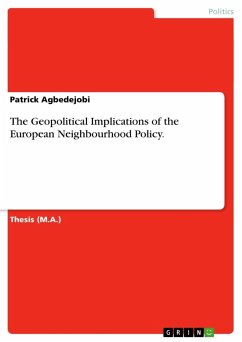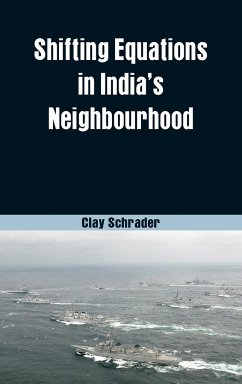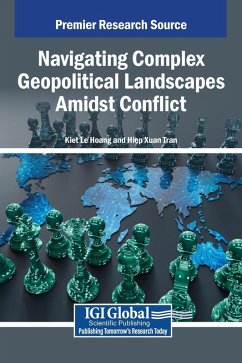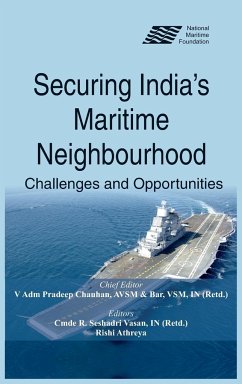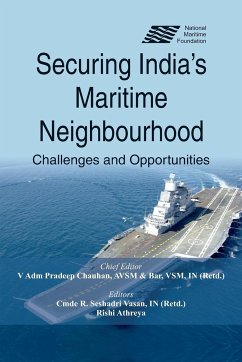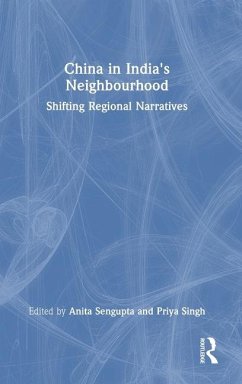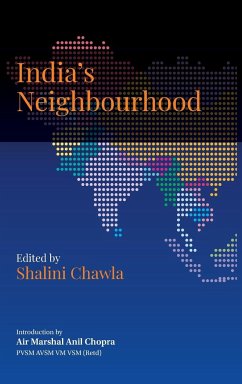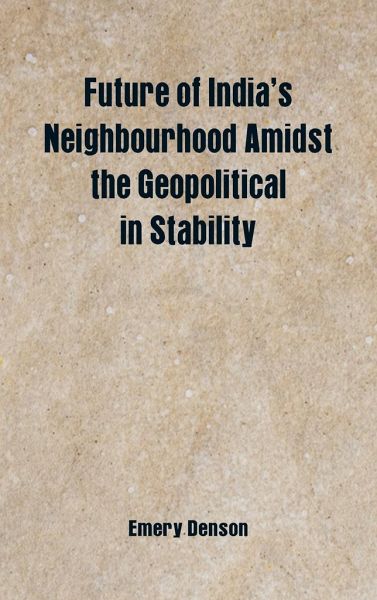
Future of India's Neighbourhood Amidst the Geopolitical in Stability
Versandkostenfrei!
Versandfertig in 1-2 Wochen
39,99 €
inkl. MwSt.

PAYBACK Punkte
20 °P sammeln!
India has showcased itself not only as a matured democratic polity but also as an equally matured economy. It has stood tall and robust as a mammoth amidst the domineering global financial meltdown and an equally contagious disease-authoritarianism-in the neighbouring developing world. India--which is witnessing high growth rate--is regarded as a strong and enduring Asia-Pacific partner. India's foreign policy is geared to meet the demands of the interdependent world whose watchwords are peace and development. India’s neighbourhood which the member-countries of the South Asian Association fo...
India has showcased itself not only as a matured democratic polity but also as an equally matured economy. It has stood tall and robust as a mammoth amidst the domineering global financial meltdown and an equally contagious disease-authoritarianism-in the neighbouring developing world. India--which is witnessing high growth rate--is regarded as a strong and enduring Asia-Pacific partner. India's foreign policy is geared to meet the demands of the interdependent world whose watchwords are peace and development. India’s neighbourhood which the member-countries of the South Asian Association for Regional Cooperation (SAARC) namely Afghanistan, Bangladesh, Bhutan, Nepal, Maldives, Pakistan and Sri Lanka comprise, is a fairly complex geographical entity. This is to say the least. In fact India can be said to be living in a dangerous neighbourhood. The constituent countries-individually as well as collectively-represent a world of historical links, shared legacies, commonalities as well as diversities which are so elaborately reflected in their ethnic, linguistic, religious and political fabric. China and Myanmar, the other two neighbours, are no less complex. The Indian Ocean has found renewed emphasis in strategic geopolitical discourse and will play an increasing role in global security considerations in the coming decades. From the arc of Islam and Africa on its western reaches to Australia on its east, the vast expanse of the Indian Ocean Region (IOR) and its adjacent waters are considered to be the theatre of conflict and competition in the twenty-first century. The geopolitics of the IOR will have wider implications on the transformations taking place in Asia, the global economy, and key global relationships. This book will provide useful reading and reference material for academicians, policy makers and students of political science.



